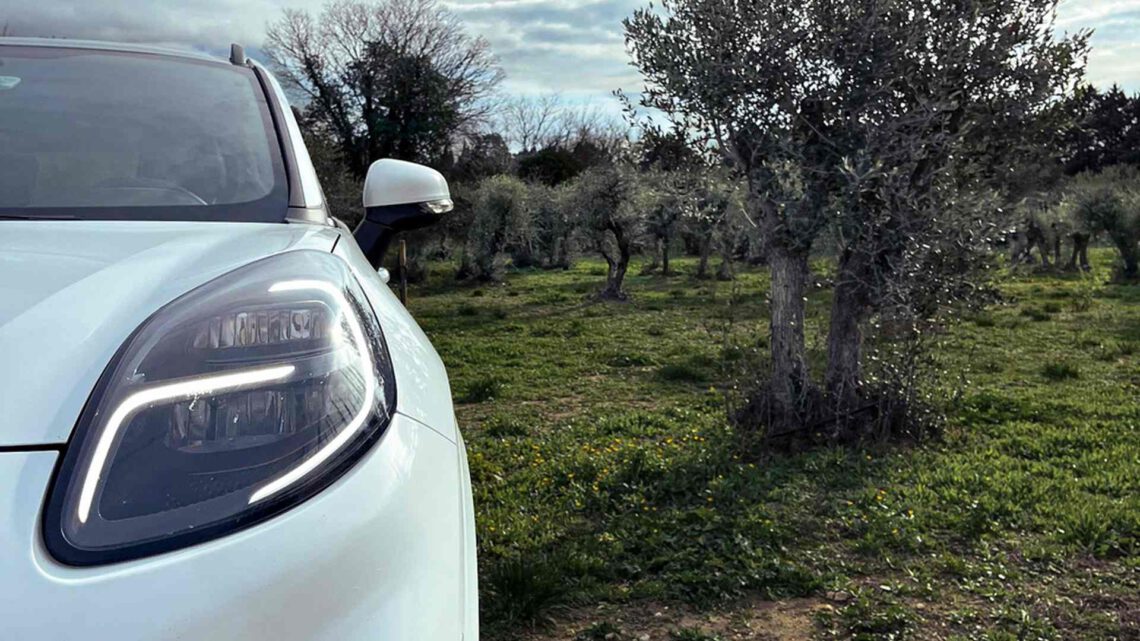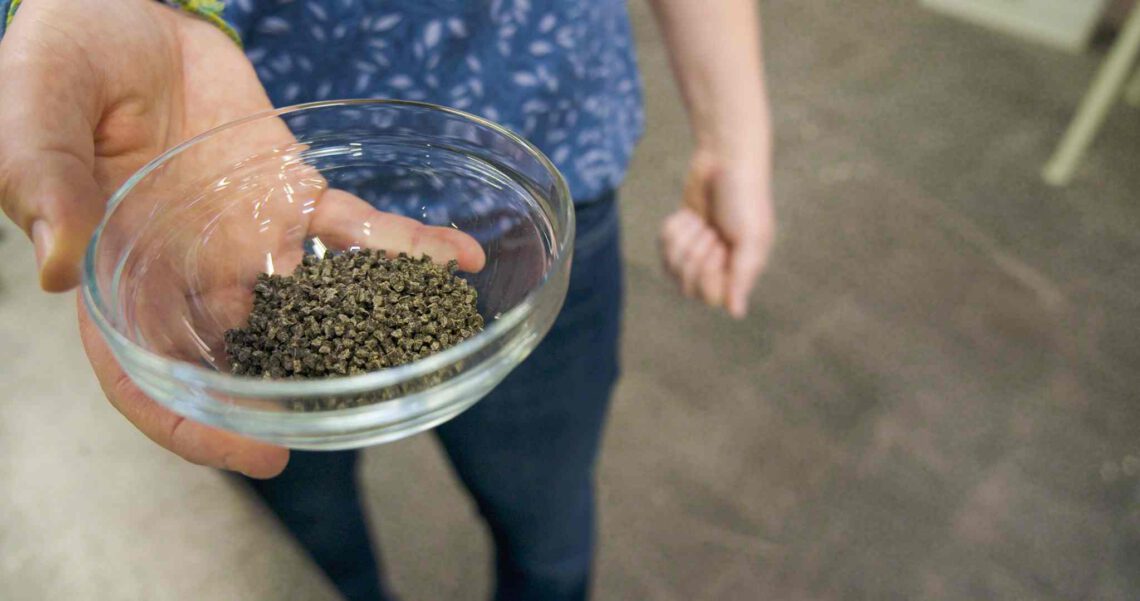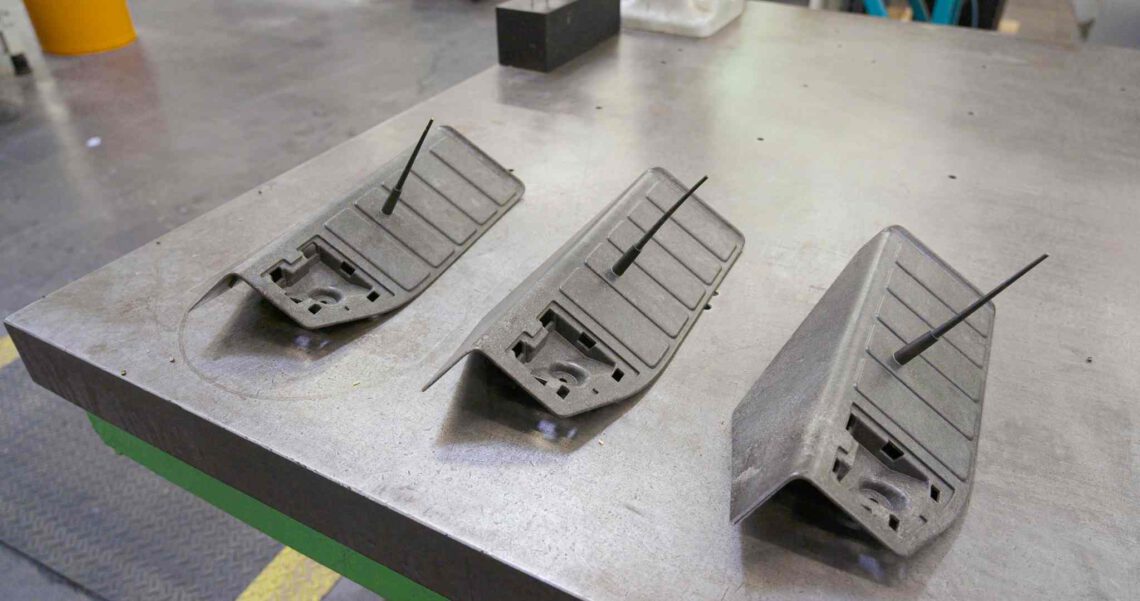Why they love olives at Ford
Residual product
In case you missed it: olives grow on trees. Olive trees can grow quite old. The oldest olive tree is in Crete and is about 3,000 to 5,000 years old. Ford has investigated whether the branches, twigs and leaves discarded during harvest can be used to produce more sustainable auto parts.

Less plastic and air pollution.
By using leftover parts from olive trees for car parts, Ford is reducing its use of plastic. Not only does this have environmental benefits, but it also contributes to better air quality near the vineyards. In fact, leftover branches and leaves are burned, creating solid air pollution.

Footrests
Ford engineers have already made prototypes of footrests and luggage compartment parts with this material, known as biocomposite. Tests show that these components are both sturdy and durable. Ford is currently investigating whether this manufacturing process can be widely used, especially in the production of electric cars.


Andalusia
For the experiment, waste materials were collected from various olive groves in Andalusia, the Spanish region with the highest production of olive oil in the world. Engineers at Ford’s European headquarters in Cologne used simulation technology to test the usability of olive trees in terms of durability, strength and malleability. They then proceeded to produce prototypes made of 40 percent fiber and 60 percent recycled polypropylene plastic. In the process, the substance was heated and injected into the production molds of the selected part.
“To arrive at the right mix, we had to experiment with different ratios of waste material and polypropylene. These experiments ultimately allowed us to produce a material that does not compromise on strength, durability or flexibility,” said Thomas Baranowski, injection molding expert at Ford.

